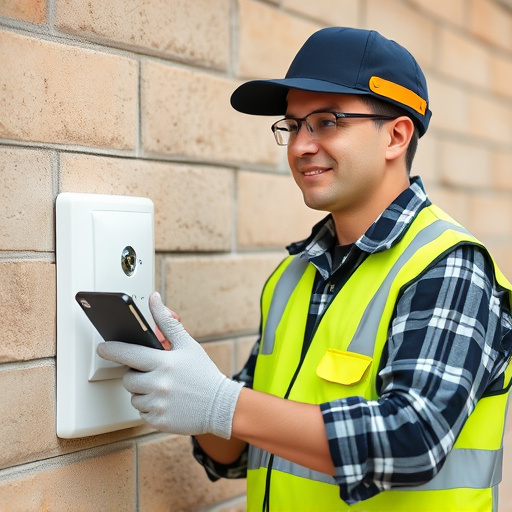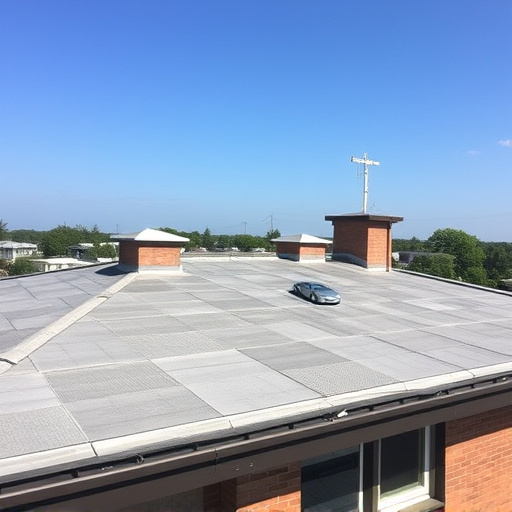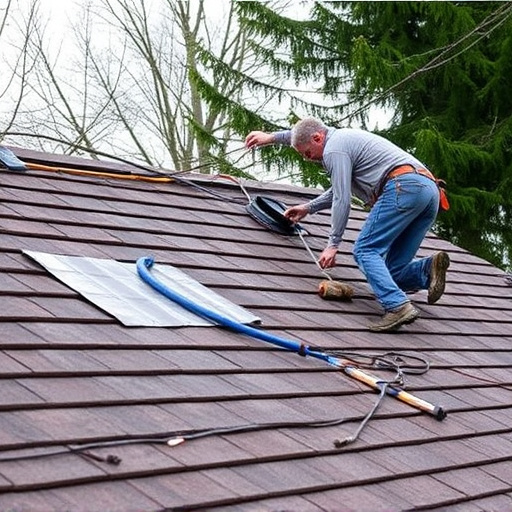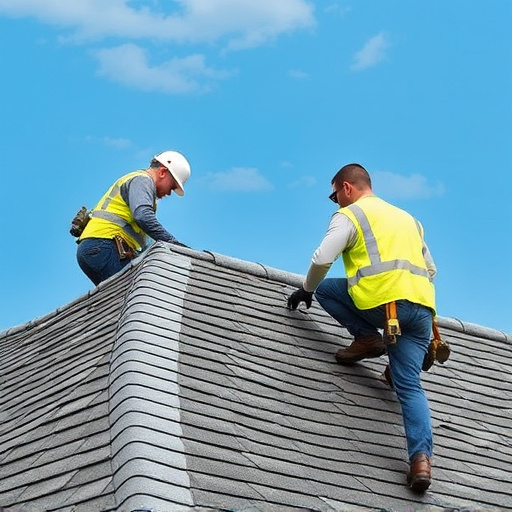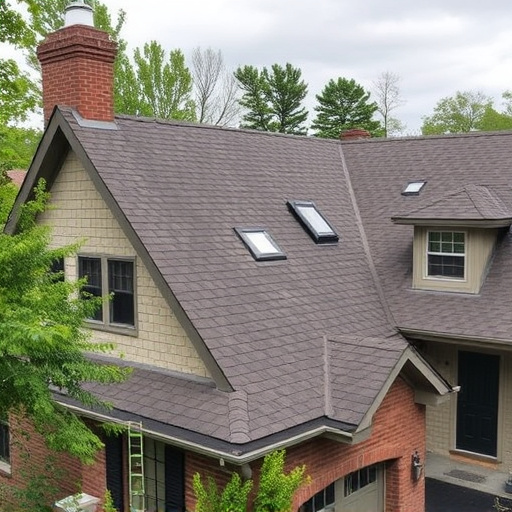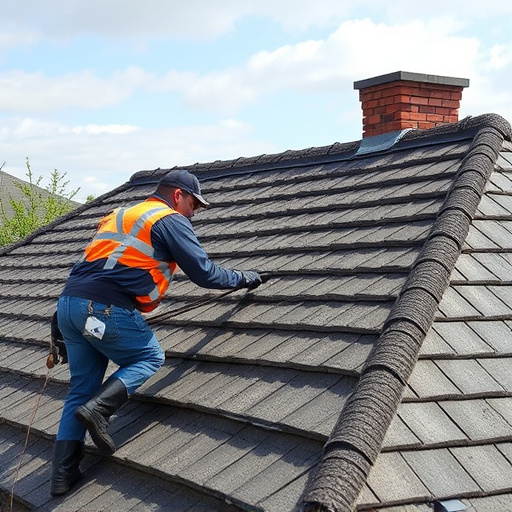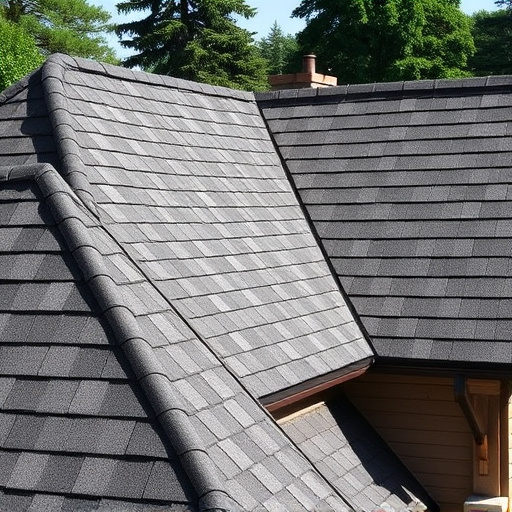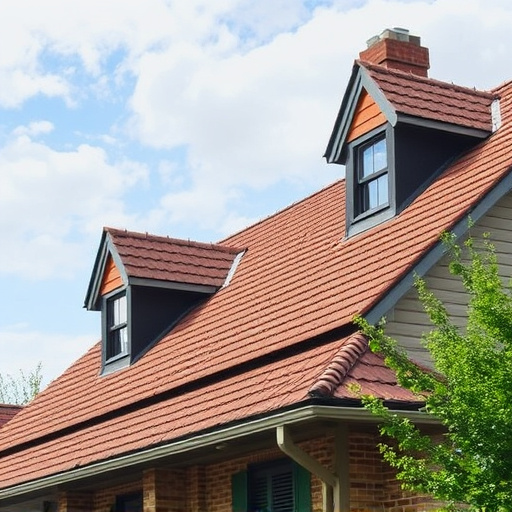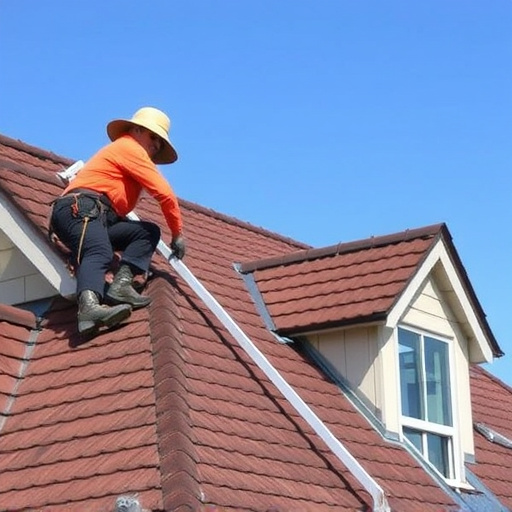After major storms, prioritize siding repair for safety. Gather tools and materials including new panels, fasteners, and sealing products. Remove damaged siding, install new panels securely, and seal joints for storm protection. Consider impact-resistant siding in storm-prone areas. Consult experienced services for expert advice on temporary fixes and long-term protection options.
After a major storm, your home’s exterior may suffer significant damage, especially the siding. This article provides essential tips for emergency siding repair, helping you navigate the process efficiently. We’ll guide you through assessing storm damage, prioritizing repairs, gathering necessary tools and materials, and offering a step-by-step guide to replacing damaged siding quickly. Get ready to restore your home’s protection against the elements with these expert tips on siding repair.
- Assess Storm Damage and Prioritise Repairs
- Gather Essential Tools and Materials for Siding Repair
- Step-by-Step Guide to Emergency Siding Replacement
Assess Storm Damage and Prioritise Repairs
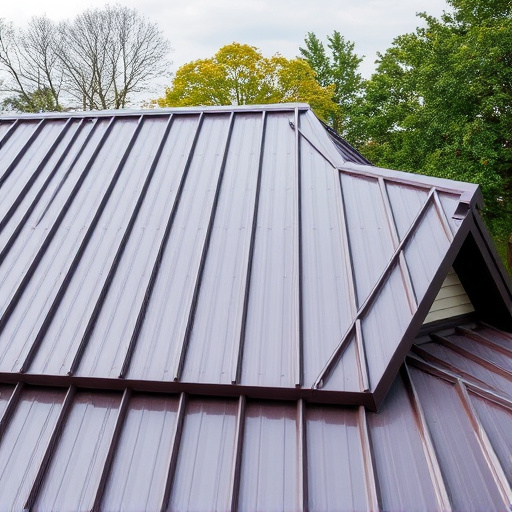
After a major storm, assessing the damage to your home’s exterior is crucial. Start by inspecting your siding for any visible signs of damage such as broken panels, loose nails, or significant denting. Prioritize repairs based on severity and potential safety risks. For instance, damaged or missing siding around windows and doors should be addressed first, as it could compromise the integrity of these entry points.
Remember, immediate action is key in storm damage repair. While some siding issues might seem minor, they can lead to larger problems if left unattended. It’s advisable to consult with experienced siding services for a thorough evaluation. They can provide expert advice on temporary fixes and guide you towards the most suitable siding installation options for long-term protection against future storms.
Gather Essential Tools and Materials for Siding Repair
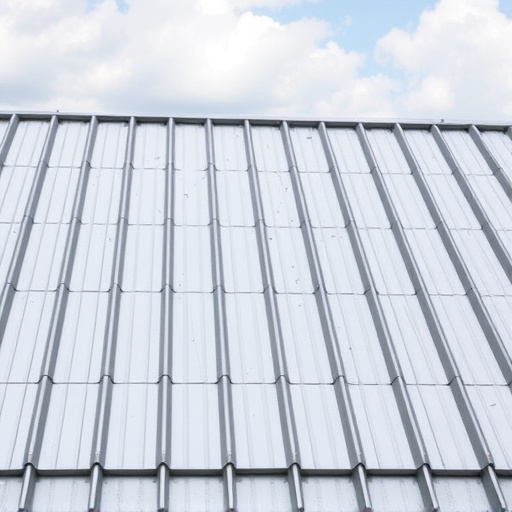
Before tackling any siding repair, make sure your toolbench is stocked with essential items. For most minor to moderate damage, you’ll need a drill or screwdriver (or both), hammer, nails or screws, level, measuring tape, and a variety of brushes and paint for touch-ups. Don’t forget protective gear: safety glasses, work gloves, and a face mask are non-negotiable.
Choosing the right materials is key to long-lasting repairs. Opt for high-quality siding replacement panels that match your existing style and color. For areas with frequent storms, consider impact-resistant siding designed to withstand harsh weather conditions. Remember, a professional siding service can offer expert advice on suitable materials and ensure proper installation, ensuring your home’s exterior is protected against future storms.
Step-by-Step Guide to Emergency Siding Replacement
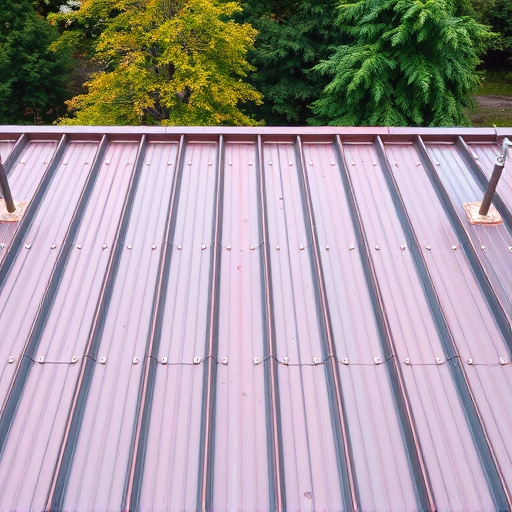
After a major storm, your siding may be damaged, leaving your home vulnerable to further weather-related issues. Here’s a step-by-step guide for emergency siding replacement to get your exterior home improvements back on track.
First, assess the damage by examining your siding for cracks, chips, or missing sections. If the damage is limited to a few panels, you may be able to perform a quick repair using replacement siding panels from your local home exterior services supplier. Gather the necessary tools and materials, including new siding panels, nails or screws, a hammer or power drill, and any required sealing products. Remove the damaged panels, ensuring that the underlying structure is intact. Install the new panels by securing them to the studs with proper fasteners, following manufacturer instructions for recommended spacing and alignment. Once all panels are in place, seal the joints and edges to ensure water tightness and protect against future storm damage.
After a major storm, it’s crucial to act swiftly in assessing and repairing any damage to your home’s siding. By gathering the necessary tools, understanding the process, and prioritizing repairs, you can mitigate potential long-term issues and protect your property. Remember, timely action is key when it comes to emergency siding repair, ensuring your home remains safe and secure.


